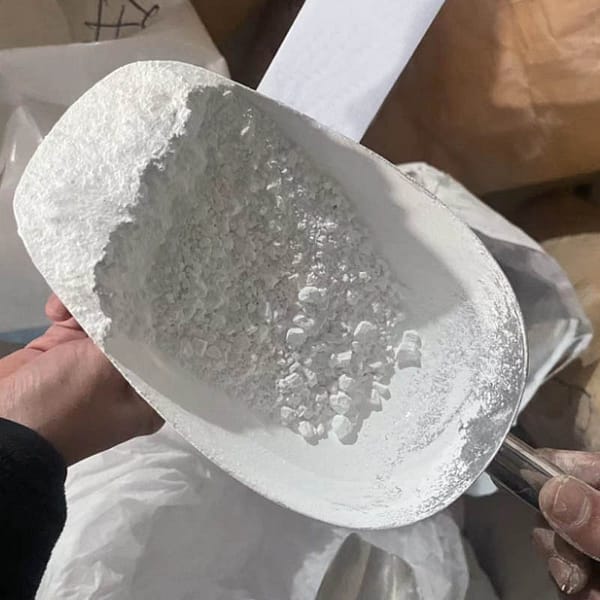The titanium dioxide pigment, also known as titanium white or Pigment White 6(PW6) is an industry famous. This is particularly true in the fields of rubber, paints, plastics, and paper. This versatile compound with its vibrant white pigment plays an important role in turning raw material into vibrant finished goods. We will explore the wonders and applications of titanium oxide, as well as its production process, and the impact it has on diverse industries.
The Canvas of Titanium Dioxide – A palette of Possibilities
Titanium dioxide serves as an essential component in the creation of many items, contributing to the aesthetic appeal and function of the items we use every day. Pigment White 6 is used to create paints. It offers a vibrant and opaque white which enhances the visual appeal of artistic and industrial processes.

In the plastic industry, titanium dioxide is not just color, but also functions as a UV stabilizer, providing protection against the harmful UV radiation’s harmful effects. Because of its dual purpose that titanium dioxide plays, it’s an essential component in the wide variety of plastic products – from durable outdoor products to packaging materials.
The Manufacturing Alchemy – Titanium Dioxide Production Processes
Two methods are the mainstays in the production of titanium oxide, namely the sulfuric acid method and the chlorination-acid method. Each method is unique and has its own applications. This contributes to the versatility of Titanium dioxide in various industries.
The Sulfuric Acid Method: This procedure involves the reaction titanium-bearing ores with sulfuric acid and sulfuric acid, resulting in the formation of a titanium sulfate-based solution. The solution is hydrolyzed into the titanium oxide that is hydrated. The final product, after the calcination process, is fine white powder ready to be used in many applications, especially in the paint and paper industries.
The Chlorination Technique is a different method, using chlorine gas, this method is used to react with titanium-bearing minerals and produce titanium Tetrachloride. Through several chemical transformations, titanium tetrachloride is oxidized to create pure titanium dioxide. This method is prominent in the production of titanium dioxide for the plastics and rubber industries.
The Art and Science of Titanium Dioxide Applications
Titanium Dioxide is a color that shines with brilliant clarity across all industries. Titanium dioxide’s ability to give a vibrant white color with high coverage is a great option for residential and industrial applications. The bright white color it gives to canvas is not just a visual effect however, it also serves as a functional. It extends the life of the painted surface.
Titanium dioxide is utilized in plastics to give a sparkling finish. Apart from its use as a white colorant, titanium dioxide is also a UV stabilizer that provides important protection against the degrading effects of sunlight. This is why titanium dioxide is an integral ingredient in the manufacturing of outdoor plastic products and ensures that they retain their structural integrity and aesthetic appeal over time.
In the paper industry, titanium dioxide plays a role in enhancing the clarity and whiteness of products made of paper. The addition of titanium dioxide enhances the brightness and clarity of printed materials. The use of titanium dioxide in paper production goes beyond aesthetics and plays an essential role in improving the quality of printed materials.
The rubber’s resilience and UV resistance The rubber industry benefits from the UV-resistant properties of titanium dioxide. Titanium dioxide protects rubber-based products from the damaging effects of UV radiation.
Beyond Pigment Beyond Pigment: Titanium Dioxide’s Invisible Effect
Titanium dioxide is a very visible pigment. But its effect extends beyond its color. The capacity of this compound to increase the durability, resilience, and life-span of materials across various industries makes it a non-visible but essential contributor to the quality and efficiency of the final product.
Titanium dioxide is an element that has a significant impact on a variety of industries. It effortlessly blends into their fabric. It’s referred to as Pigment White 6 and it gives a sparkling shine to canvases that are both artistic and industrial. The dual processes of sulfuric acid and chlorination unveil the alchemy behind the process, providing the possibility of a variety of applications. Whether enhancing the visual allure of paints, protecting plastics from UV rays improving the brightness of paper, or protecting rubber, titanium dioxide stands as a testimony to the harmonious mix of science and art in the industry of manufacturing. Its brilliance illuminates our everyday lives and forms a wide range of products that radiate enduring shine.

